Fuse Buyer's Guide: Choosing the Right Type of Fuse for Your Needs
Author: Solar 4 RVs
Understanding Your Application: The First Step in Fuse Selection
Before choosing a fuse, it's important to understand your application. Consider the voltage, current, and the nature of the load. Is it a small appliance, a large battery bank, or something in between? Understanding your application will guide you in selecting the right type of fuse.
First things first, rule out fuses that have an inappropriate voltage rating; never use fuses that are rated below your system voltage.
Comparing the Types of Fuses and the their Best Applications
Standard Blade (ATO/ATC/ATS/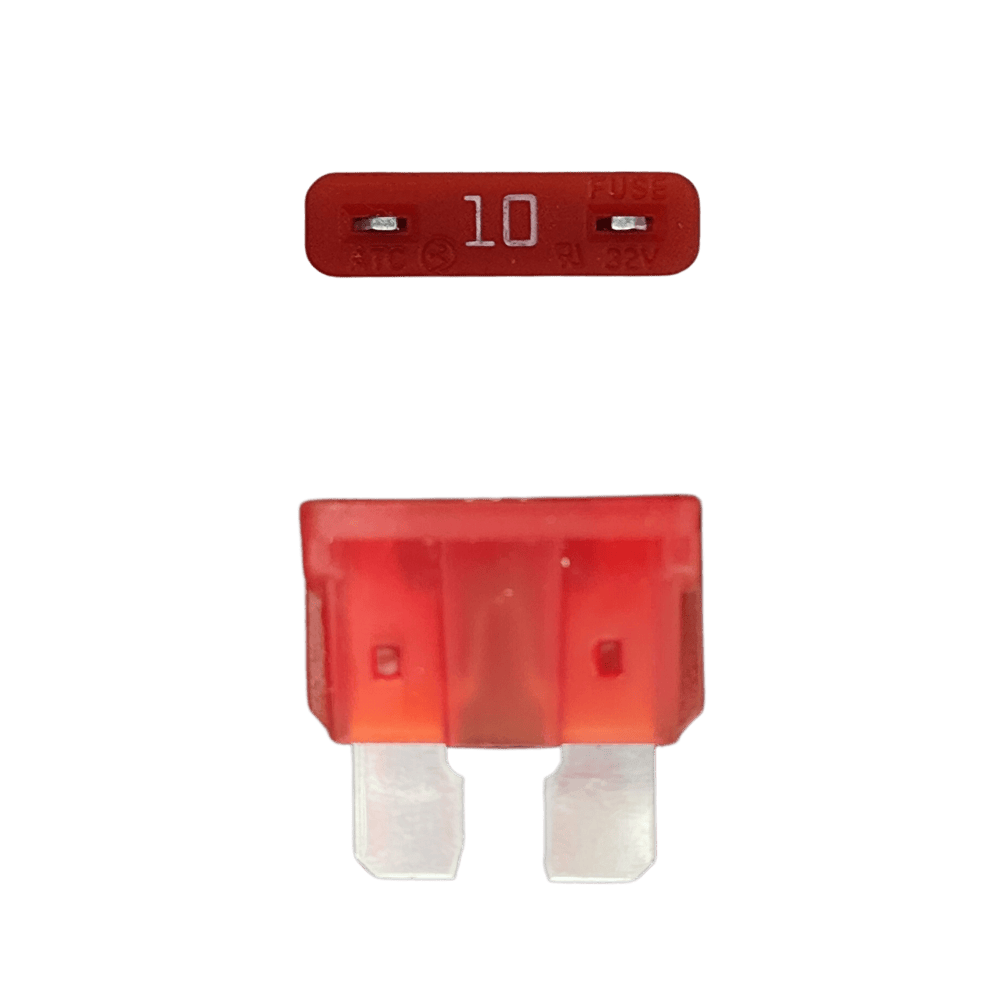 APR) Fuses 1-40A 32V: Ideal for Small Loads
APR) Fuses 1-40A 32V: Ideal for Small Loads
Standard Blade Fuses are a popular choice for small load applications. With a range of 1-40A 32V, these fuses are perfect for protecting circuits in automotive and small appliance applications such as portable fridge/freezers. They're compact, easy to install, and provide reliable protection against overcurrent scenarios.
Maxi Blade Fuses 20-100A 32V: Versatile for Outdoor, Underbonnet, and Retro-Fit Applications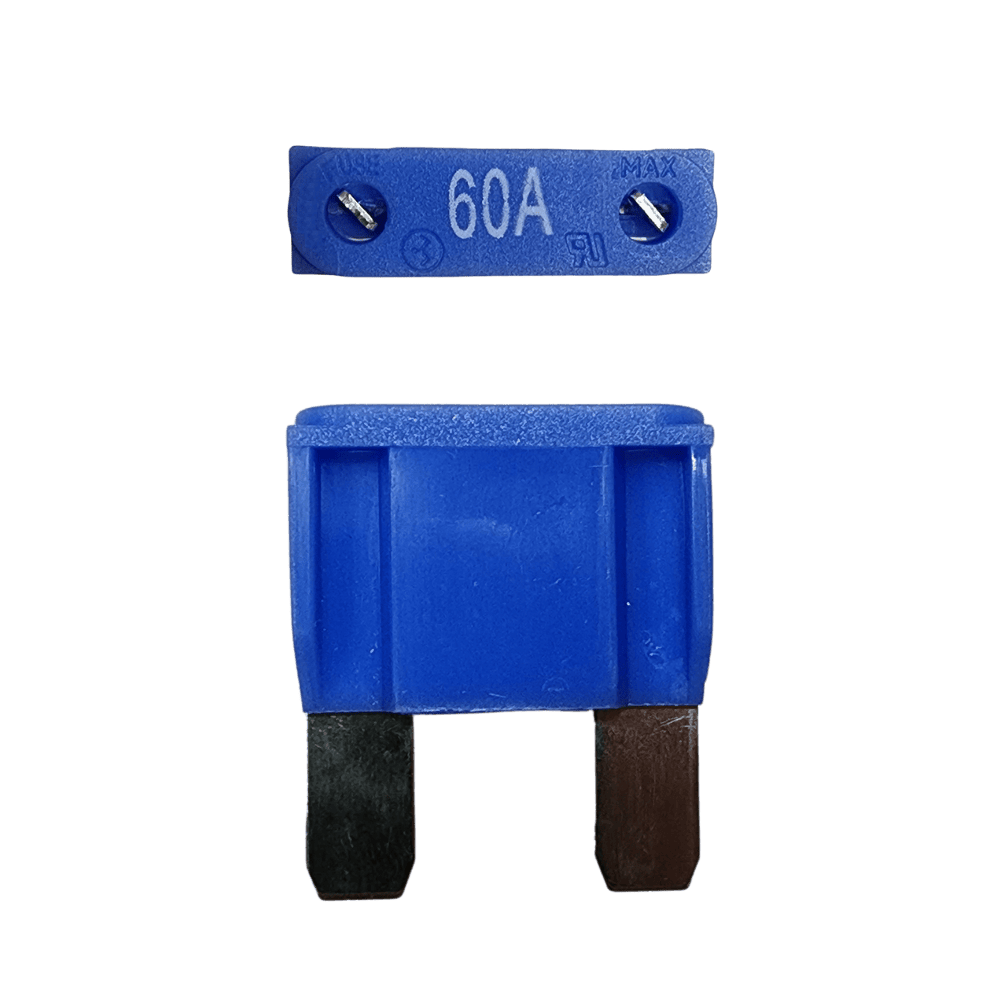
Maxi Blade Fuses are designed for versatility. With a range of 20-100A 32V, they're suitable for a variety of applications, including outdoor installations, underbonnet applications, and retro-fit installations. These fuses offer robust protection and are designed to withstand harsh environments.
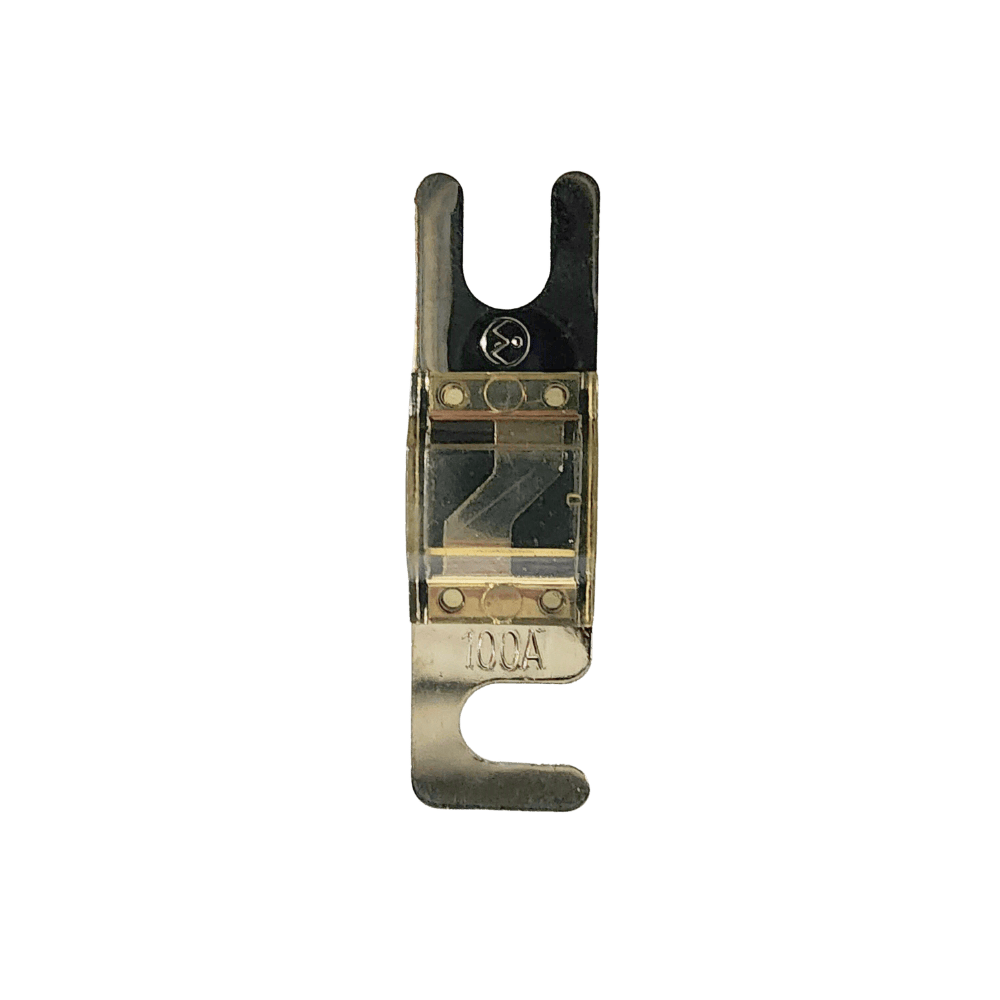 Midi/AMI/ANS Fuses 23-200A 58V: Perfect for MPPTs, DC-DC Chargers, Load Circuits, and More
Midi/AMI/ANS Fuses 23-200A 58V: Perfect for MPPTs, DC-DC Chargers, Load Circuits, and More
Midi Fuses are a great choice for medium to high current applications. With a range of 23-200A 58V, they're ideal for protecting circuits in MPPTs, DC-DC chargers, load circuits, and other similar applications. These fuses offer reliable protection and are designed for easy installation.
Mega/AMG/ANM Fuses 40-500A 58V: Best for Inverters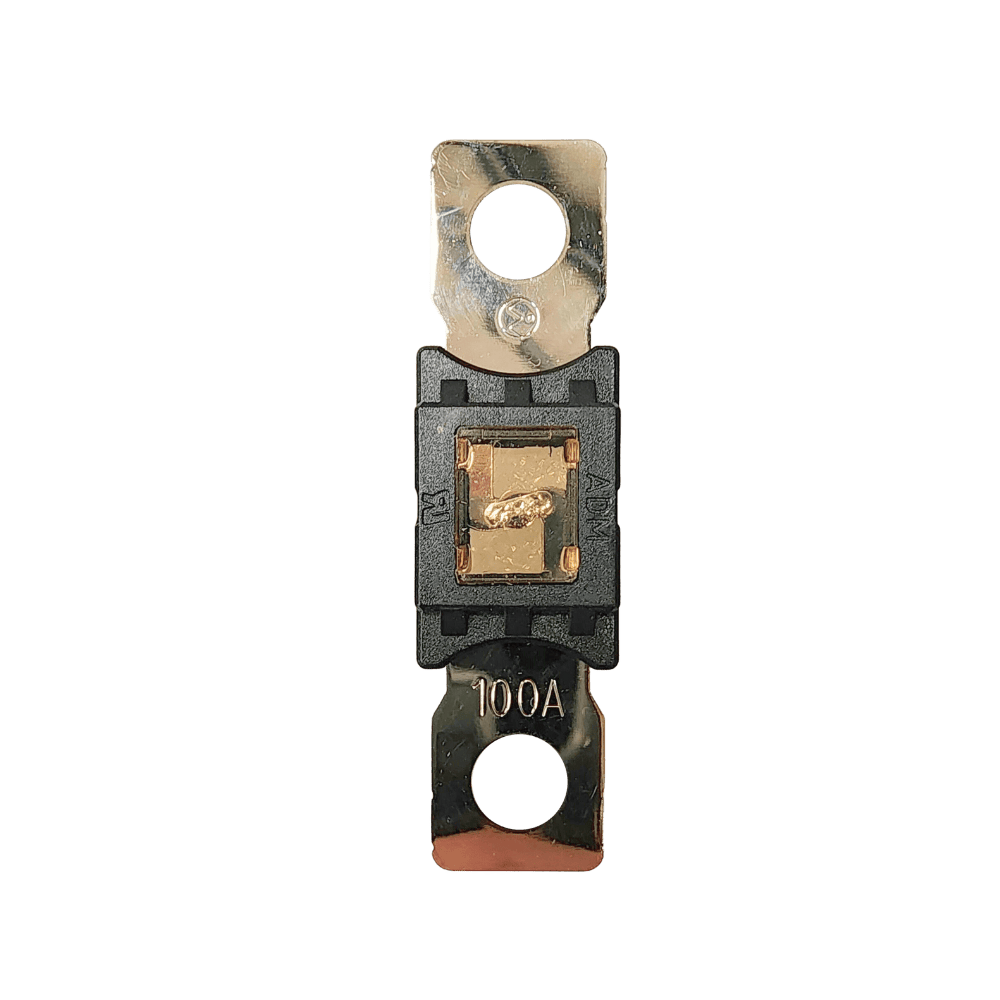
Mega Fuses are designed for high current applications. With a range of 40-500A 58V, they're the perfect choice for protecting circuits in inverters and medium size battery systems including lithium. These fuses offer robust protection and are designed to withstand high current loads, ensuring your inverter operates safely and efficiently.
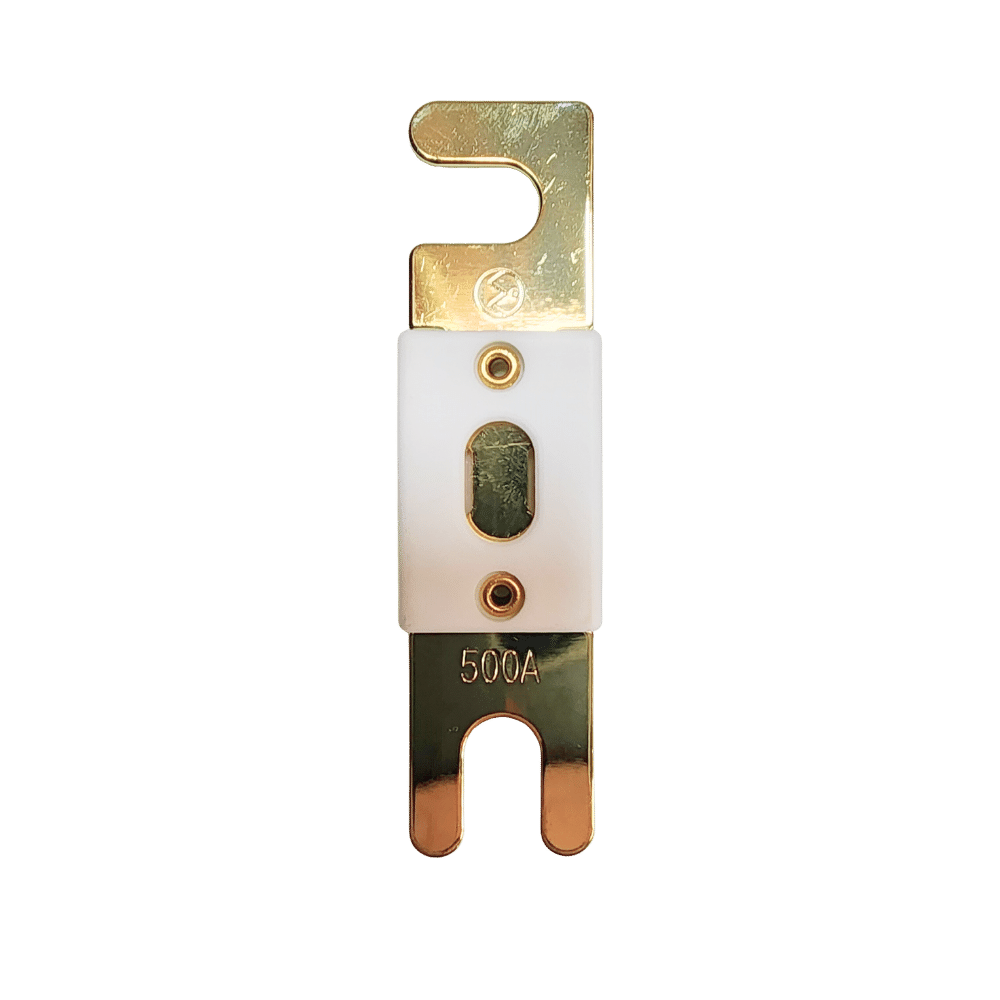 ANL Fuses 40-600A 58V: Ideal for Large Battery Banks
ANL Fuses 40-600A 58V: Ideal for Large Battery Banks
ANL Fuses are the go-to choice for large battery banks and industrial size inverters. With a range of 40-600A 58V, they're designed to protect circuits in applications with high current loads. These fuses offer reliable protection and are designed for easy installation, making them a practical choice for large battery bank applications including lithium.
Marine Rated Battery Fuses 30A-300A 58V (MRBF) for Marine Systems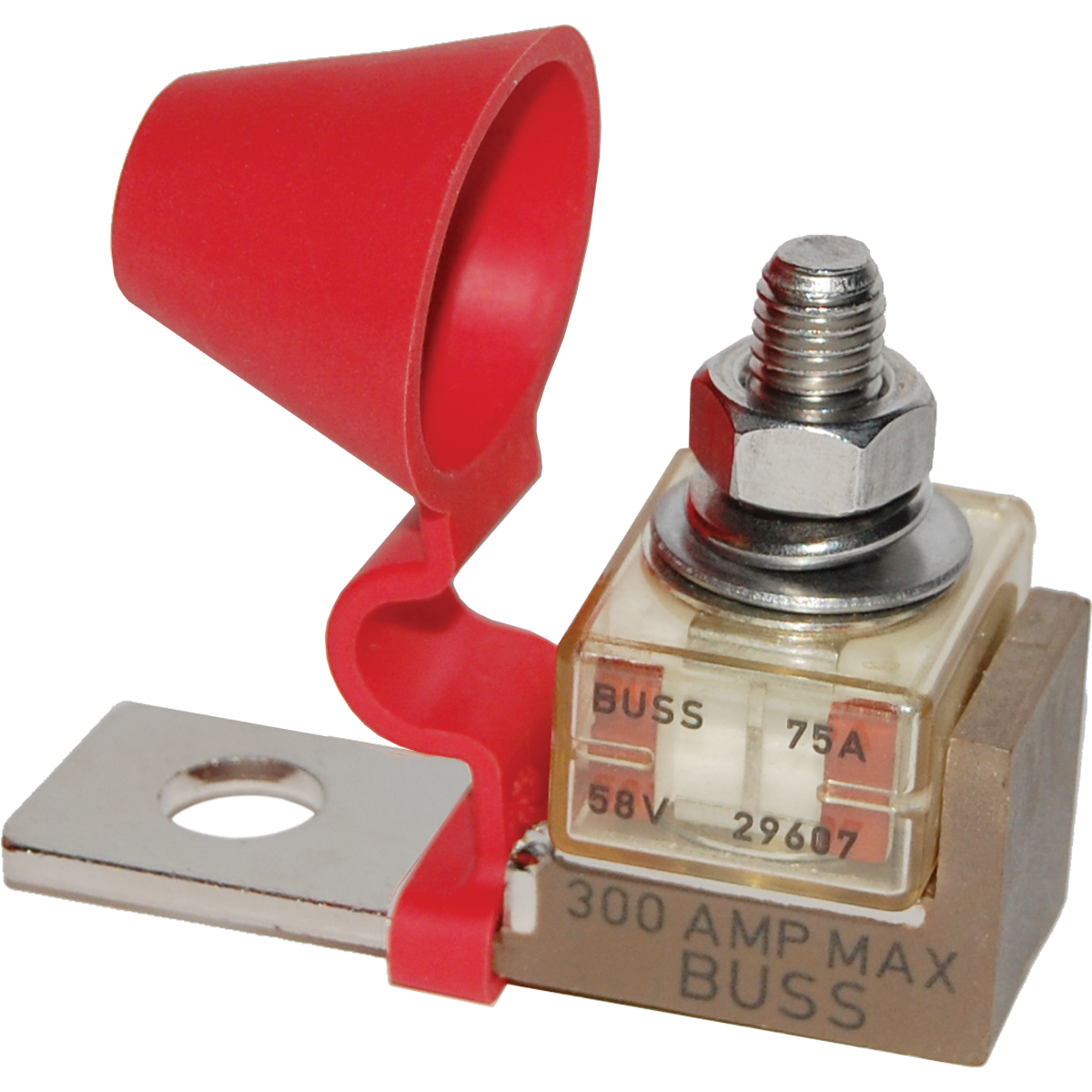
If you're working with a marine system, consider using Marine Rated Battery Fuses (MRBF). These fuses range from 30A to 300A 58V and are designed to mount directly onto the battery terminal with the appropriate holder. This makes them a great choice for marine systems, where space can be at a premium and ease of installation is key.
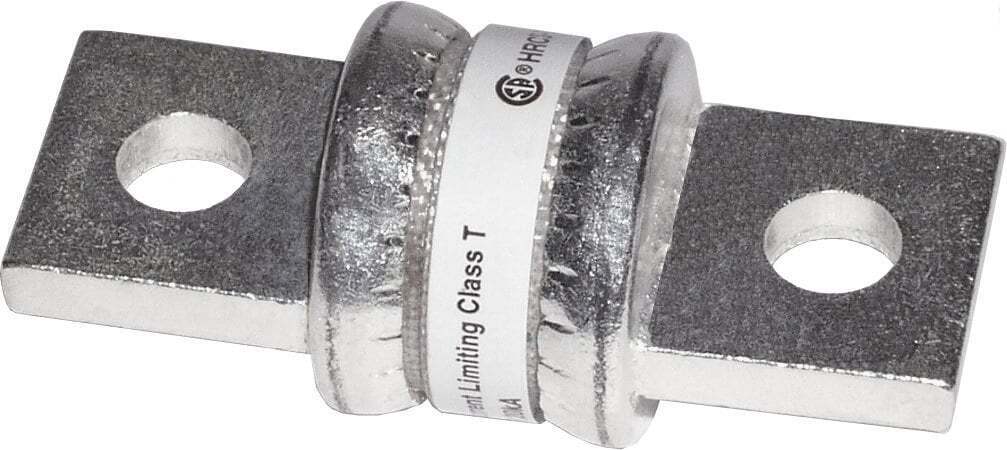 Class T/JJN Fuses 225A-400A 58V: Ideal for Industrial Battery Systems
Class T/JJN Fuses 225A-400A 58V: Ideal for Industrial Battery Systems
For extremely large industrial battery systems, Class T/JJN fuses are an excellent choice. These fuses range from 225A to 400A 58V and offer the largest breaking current capabilities, able to trip up to 200,000A short circuits. Their high interrupting rating makes them ideal for applications where high short-circuit currents can occur.
Exotronic, Victron & Blue Sea
Exotronic, Victron & Blue Sea fuses stand out for their quality, reliability, and versatility. Whether you're looking for a fuse for a small load application or a large battery bank, these brands have a solution to meet your needs. Choose high quality brands for dependable protection of your electrical circuits and experience the blend of precision, quality, and reliability.





























